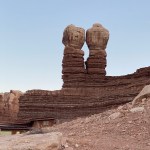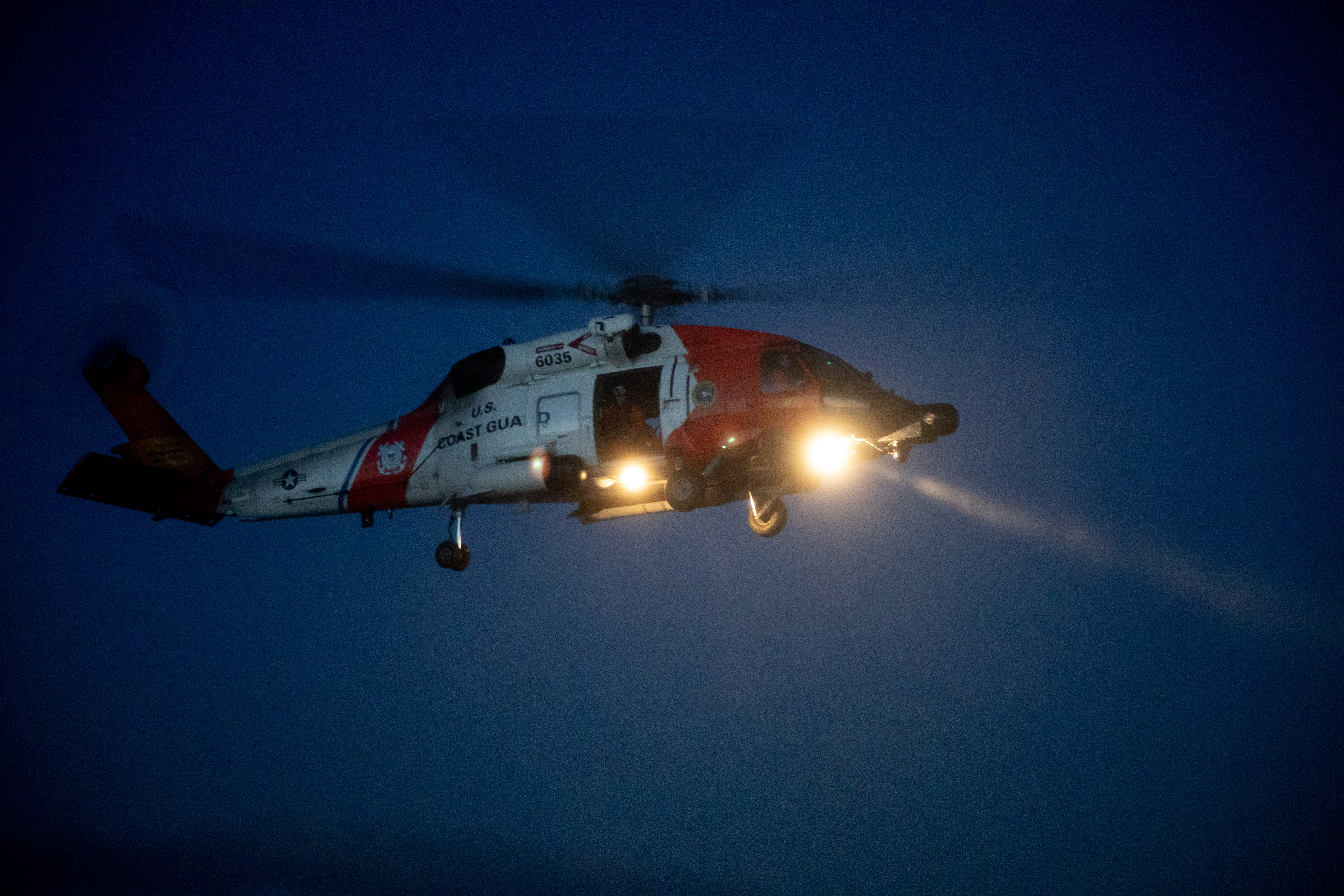Coast Chronicles: A report on my sunbird road trip
Published 1:36 pm Tuesday, July 15, 2025


Dear folks, a few of you know that I’ve been down in the southwest working on a project for these last couple weeks. In Silver City, New Mexico to be exact: a quirky, arty, little town of 10,000 not so unlike our own Peninsula. It has a similar layering of wealthy and poor folks, art culture (both indigenous and imported), a lack of comprehensive medical care and other big town services, and a tremendous amount of history. The land shows evidence of Paleo-Indian settlements dating back as far as 23,000 BC; then, moving forward millennia, and around 1610, the land was claimed by Spain. It was part of Mexico in 1821, before finally becoming incorporated into the United States in 1848.
Silver City was a boom town in 1870 after silver was discovered, and it was the county seat for a while. But in 1895, a huge flood (after forests were all cut down just above town) destroyed the downtown main street and left an enormous scar called The Big Ditch. So it’s an intriguing mixture of people, sensibilities, art and history. My kind of place.
Failed snowbird
Trending
During the winter months two years ago I went down to Tucson, as I have for ten years now, but then I wandered into “Silver” (as locals call it) to meet friends and fell in love with it. This year my normal leaving time was stymied by medical complications, so I wasn’t able to head south until June. Whoa — did I get a comeuppance. Summer in the desert is a whole ‘nother animal.
Here’s one of the funny parts about driving down from our beloved Pacific Northwest to the magnificent Southwest desert. It wasn’t until I got into central Oregon that I realized my air conditioning didn’t work. Who needs it on the Peninsula?! No one, that’s who. But boy, oh boy, did I ever need it coming down through Oregon, Nevada and Arizona, where temps were in the 90s by noon or before. My makeshift method was to wake at 4:00 a.m. and drive as long as I could until the heat was too horrible to stand. Then I’d take another shot at it the next day.
Tucson hiatus
I love my Volvo, but you can’t stop just anywhere and get stuff repaired…so I had to linger in Tucson for nearly a week while the nice people there replaced my I-don’t-even-know-what and took a rather large chunk of change out of my credit union account.
I was glad to finally get out of Tucson (where it was 114 degrees one day!), but that delay put me even further into the hot-zone in Silver. I learned there has to be a whole different rhythm to the day. It goes like this: wake early — and I mean really early; 6:00 a.m. is good. The air is still cool. Now’s the time to walk the dog because in a couple hours even the pavement will be too hot. Now, make coffee — cold press with ice cubes. Get any other auto errands out of the way pronto. Now retreat to an interior air conditioned place and stay there until sunset.
And don’t expect workmen or women to do any meaningful work during siesta time. So, all in all, it took me a while to get my project finished and head back north.
Trending
The trip home: stop one
I mapped out my return trip knowing that I wanted to be somewhere inside and cold by early afternoon. Even though my air conditioning was working by then, it’s still no fun to pump gas or try to find something to eat in 100-plus degree weather. I had to explain all this to Jackson, too, as I carried him over a ghastly hot blacktop to locate a little triangle of grass for him.
Still, when I left Silver, the elation I felt on my road trip north kicked in, and my first day was hot but glorious. New Mexico has some wonderful scenery, especially along the rivers that one can see for miles because of the enormous cottonwood, elms or willows that grow along their riverbanks, crisscrossing the desert with corridors of green.
I ended my first day with a planned overnight stay in Bluff, Utah. I’d picked this spot based simply on the amount of driving time I thought I could manage on the route I’d picked out. But Bluff is an amazing place worthy of a return trip. First, the name is not wrong. Coming at it from the south, there is a bluff or set of wiggle-waggly ridges that one follows for miles before any town comes into view. Then you swing around and see a sign for Sand Island (I will not pass this up again — it’s known for hundreds of petroglyphs and rock art).
Bluff, at first, looks like any sort of non-descript dry desert town, but it is on a loop of remarkable Chacoan ruins, archeological sites, and downright spectacular rock formations. As one website says, “Explore Bluff and the surrounding area and find yourself in another world — of Native Americans and Ancient Ones, magnificent vistas, grand gulches, desert rivers, and valleys of the gods. Monument Valley, Four Corners, Goosenecks State Park, Valley of the Gods, Natural Bridges National Monument, and Bears Ears National Monument are less than an hour from Bluff.” (https://bluffutah.org/what-to-do/)
But there’s plenty to see in Bluff itself. I had dinner at the only place open — Comb Ridge Eat and Drink — and was served one of the all-time best barbeque pork sandwiches I have ever eaten. The green salad, usually a disrespected sidecar, was also topnotch. The café is named after Comb Ridge, an 80-mile-long monocline or geological fold in which rock layers are bent upward in one direction — also known as Tse’ K’a’a’n in Navajo, meaning “rocks standing up.”
After dinner, I roamed around and found a road above Bluff to the “Great Kiva.” And it wasn’t until the next morning that I discovered “The Twins” — a truly amazing rock formation carved by wind and weather of two standing figures. I might have called them The Lovers, but they do look remarkably the same.
I can’t share my whole trip, but I can say that Utah is a state of stunning visual riches nearly everywhere you look. The geological dynamism there is phenomenal: there are both deep ragged splits in the earth (aka canyons), and equally astounding up-thrusts of rock in all colors known to humans. I found myself exclaiming out loud around every bend in the road.
I’m glad that I saw and waded in the Great Salt Lake several years ago because on this trip, passing through, the lake was mostly salt dust in the air like a thick layer of smoke. Once leaving Utah, almost immediately, Idaho stretches out flat and green, green, green. And, well, we know about Oregon.
Water!
As much as I like to watch the evolution of the earth flow by my windshield, and as fun as it is to see new landscapes and scenery — like a David Attenborough film unreeling — from the comfort of my own car, I was ready to be home by my third day on the road.
I was going to overnight in Pendleton on day three, but I just couldn’t stop. I needed to see our river. So I drove on through the Gorge, savoring the views of our Mighty Columbia; and, the first chance I could, I got out of the car and put my feet in its icy flow. Jackson seemed excited about it too as he rolled around like a madman on a clump of sandy seaweed.
There is nothing like the desert to illustrate the magic water confers on land wherever it appears. Not only does it shape and carve, but it provides the means for life — this stark reminder was apparent everywhere on my trip north from New Mexico. The longer I stayed in the desert, the more I found myself saying, “I will never complain about rain again.” After Southwest adventures, new friends, tastes, scenes and Southwest weather (I even experienced a taste of the monsoon season), I am ready to be home.











